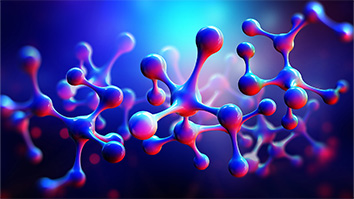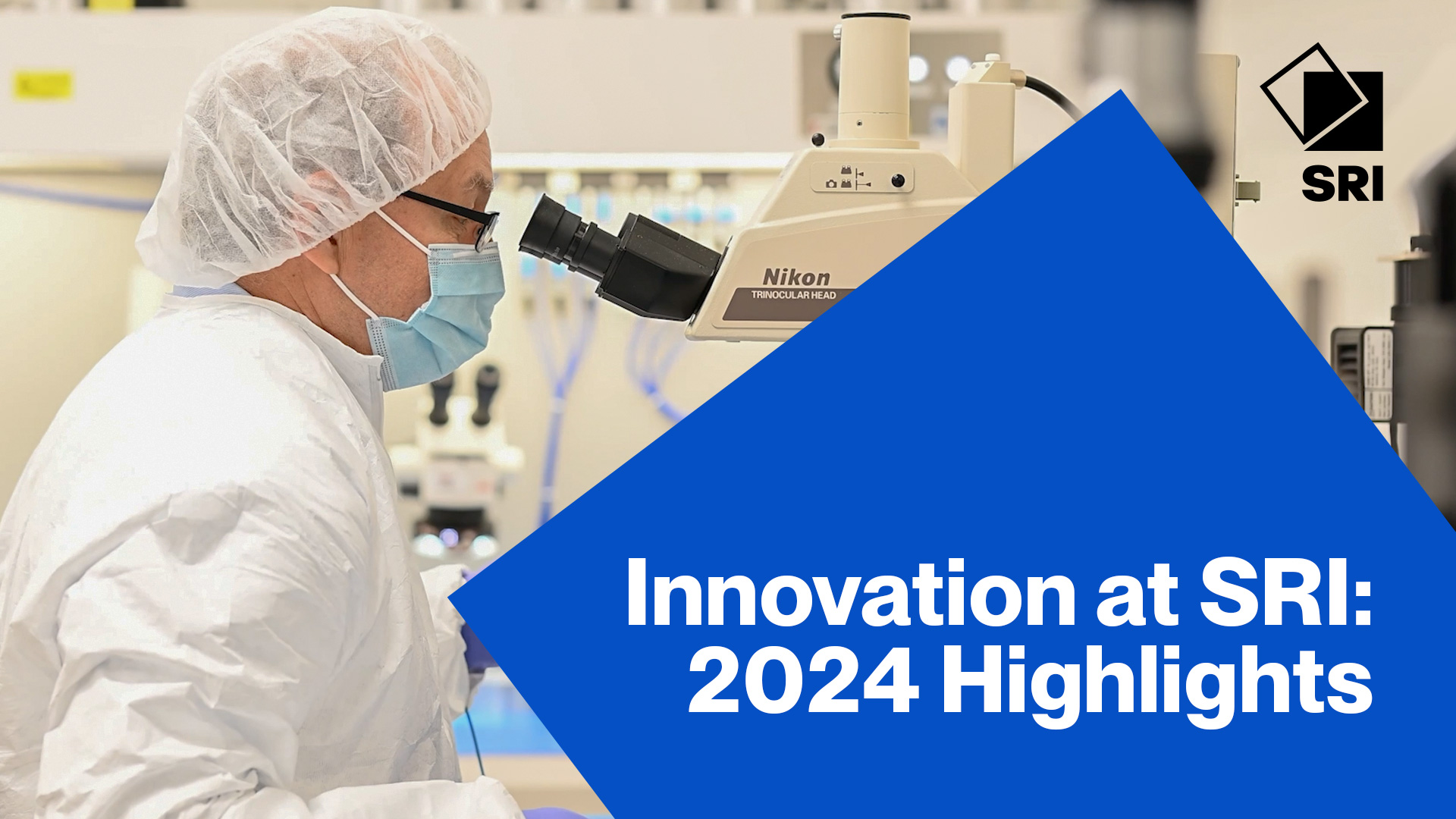Citation
Martini, J.; Recht, M. I.; Huck, M.; Bern, M. W.; Johnson, N. M.; Kiesel, P. Time encoded multicolor fluorescence detection in a microfluidic flow cytometer. Lab on a Chip. 2012; 12 (23): 5057-5062.
Abstract
We present an optical detection technique that delivers high signal-to-noise discrimination to enable a multi-parameter flow cytometer that combines high performance, robustness, compactness and low cost. The enabling technique is termed spatially modulated detection and generates a time-dependent signal as a continuously fluorescing (bio-) particle traverses an optical transmission pattern along the fluidic channel. Correlating the detected signal with the expected transmission pattern achieves high discrimination of the particle signal from background noise. Additionally, the particle speed and its fluorescence emission characteristics are deduced from the correlation analysis. Our method uses a large excitation/emission volume along the fluidic channel in order to increase the total flux of fluorescence light that originates from a particle while requiring minimal optical alignment. Despite the large excitation/detection volume (~ 1mm), the mask pattern enables a high spatial resolution in the micron range. This allows for detection and characterization of particles with a separation (in flow direction) comparable to the dimension of individual particles. In addition, the concept is intrinsically tolerant of background fluorescence originating from fluorescent components in solution, fluorescing components of the chamber and contaminants on its surface. In this paper we present experimental results on multi-color detection with a single large area detector by filtering fluorescence emission of different particles through a patterned color mask. Thereby the particles fluorescence emission spectrum is encoded in a time dependent intensity signal when passing the emission mask and color information can be extracted from the correlation analysis. We experimentally verified that we can differentiate micro-beads loaded with PE and PE-Cy5 that are excited at 532 nm.


